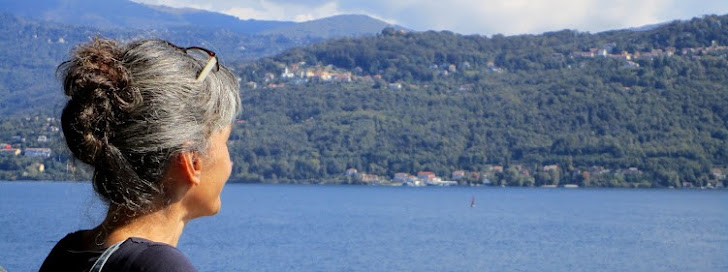Another number of the Forum Qualitative Social Research is out, and although just gave a superficial reading to the table of contents and one of the contributions, the article by Jeanine Evers seem to answer some of my questions and issues when dealing with the huge amount of visual data (mainly photos) that I've collected for my research:
Evers, Jeanine C. (2011). From the Past into the Future. How Technological Developments Change Our Ways of Data Collection, Transcription and Analysis [94 paragraphs]. Forum Qualitative Sozialforschung / Forum: Qualitative Social Research, 12(1), Art. 38.
The whole issue is dedicated to «Discussions on Qualitative Data Analysis Software by Developers and Users», which should be of interest for many people doing qualitative research and/or developing technological tools for qualitative analysis, reporting «The KWALON Experiment»:
"The KWALON Experiment consisted of five developers of Qualitative Data Analysis (QDA) software analysing a dataset regarding the financial crisis in the time period 2008-2009, provided by the conference organisers. Besides this experiment, researchers were invited to present their reflective papers on the use of QDA software. This introduction gives a description of the experiment, the "rules", research questions and reflective points, as well as a full description of the dataset and search rules used, and our reflection on the lessons learned."

